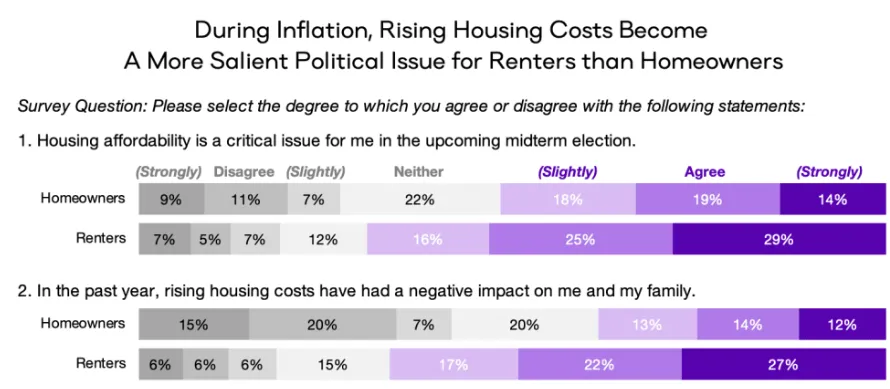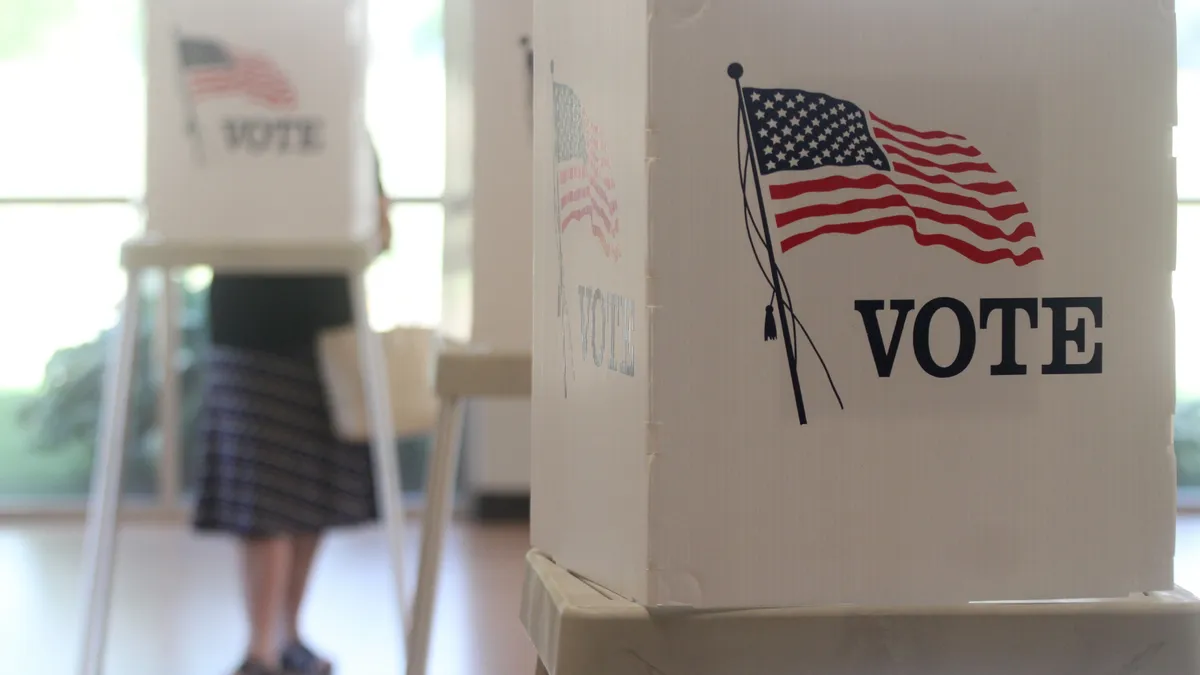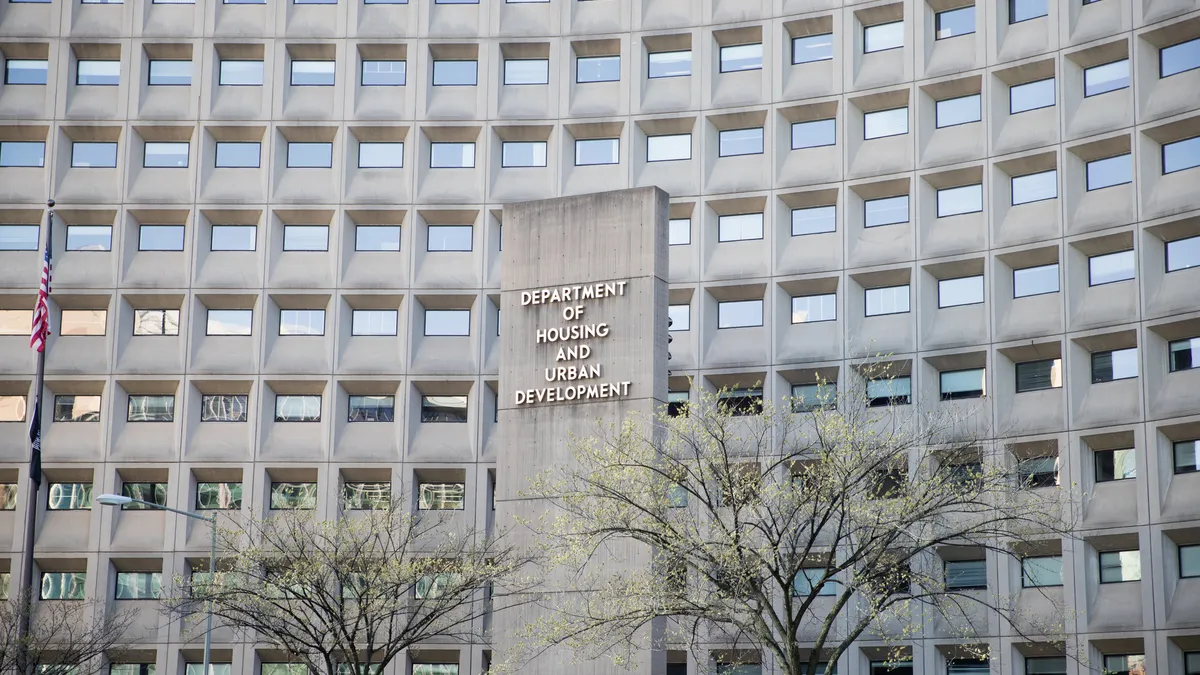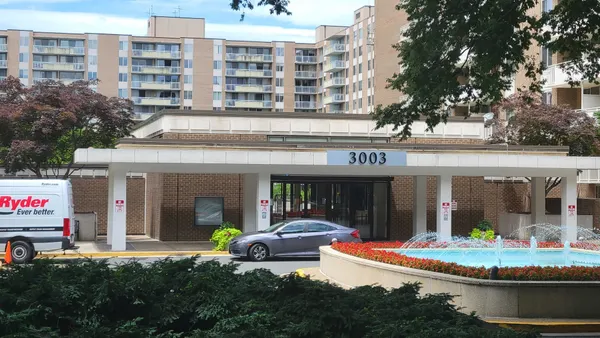Dive Brief:
- Historically, voter turnout among renters has been far lower than homeowners. However, based on recent elections, renters are closing the gap, according to a new report by Apartment List.
- The 2018 midterm election saw the highest renter turnout (40%) and lowest gap between renter and buyer turnout (19 percentage points) in any midterm election going back to 1990, according to U.S. Census data. The 2020 election also had the highest renter turnout (55%) and second smallest turnout gap (16 percentage points) of any presidential election over the same period.
- Of U.S. renters who are registered to vote, 49% say that rising housing costs have impacted them in the last year, and 54% say that housing is a key issue for them in the midterm elections on Nov. 8. Sixty-one percent of renters said they were “very likely” to vote in the upcoming election, compared to 80% of homeowners, according to Apartment List survey data.
Dive Insight:
Housing has become a central political concern. About 80 local jurisdictions have at least one housing measure on the midterm ballot, including rent control measures, eviction protections and funding for affordable housing. The Biden administration has also recently revealed a long-term plan to address housing affordability.
While inflation has affected all voters, Apartment List anticipates that housing costs will be a “wedge issue” between renters and homeowners in the midterm election, given that renters have been disproportionately affected by rising housing costs.
While homeowners with fixed mortgage payments see their wealth increase as their property values rise, rents have risen 23.4% since the start of the COVID-19 pandemic. Higher rents mean less money saved toward a potential down payment, pricing more renters out of homeownership. Soaring interest rates only add fuel to the fire of high housing costs.

The gap between the two groups was evident in the 2020 presidential election, when renters favored President Joe Biden over former President Donald Trump by a margin of 39.5 percentage points. Homeowners only favored Biden by a margin of 0.6 percentage points.
Apartment List notes that an economically frustrated and politically engaged bloc of renters could present an “opportunity” for the party that can mobilize them. Renters have favored Democrats in elections dating back to 1992, and previous research shows that renters’ economic views tend to lean further left than those of the Democratic Party.
However, the fact that the national median rent has risen 25.9% since Biden took office might be a point with which Republicans may try to appeal to working-class voters, according to Apartment List.









